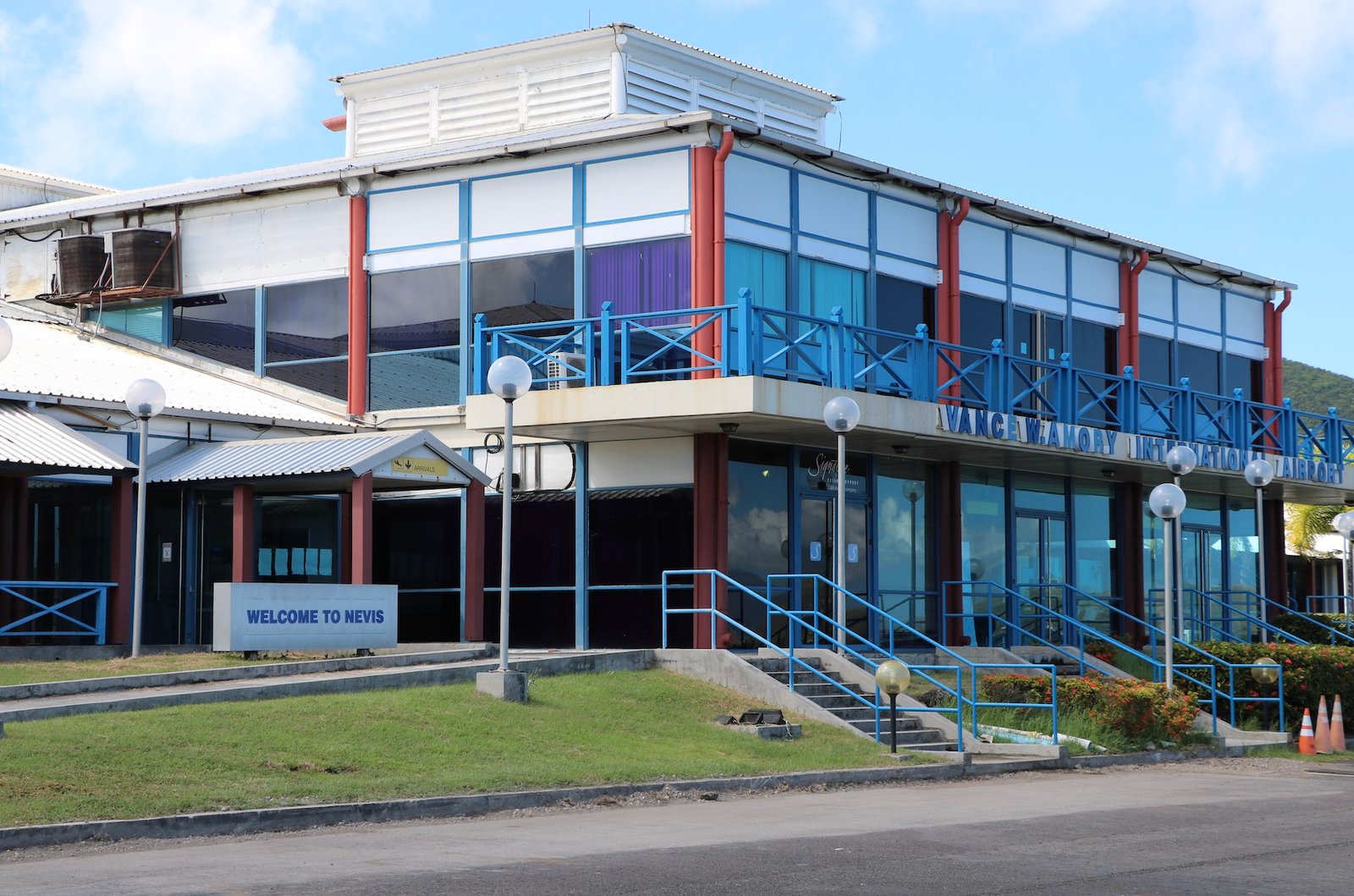Temporary Restriction at Vance W. Amory International Airport Addressed by Nevis Premier
The Vance Amory International Airport on the island of Nevis encountered operational limitations due to issues with its fire tender, impacting the airport’s capacity to handle larger aircraft. Premier Mark Brantley addressed the situation publicly, acknowledging the disruption and outlining the government’s response. While smaller aircraft could continue their regular operations, the fire tender malfunction necessitated temporary restrictions on the size of aircraft permitted to land, primarily affecting Winair passengers. Brantley conveyed his apologies for the inconvenience caused and assured the public that resolving the issue was a top priority. He further indicated that the Nevis Air and Seaports Authority (NASPA) would provide regular updates on the progress of the repairs and the acquisition of a new fire tender.
The temporary limitations at the Vance Amory International Airport underscore the critical role of specialized equipment, like fire tenders, in maintaining safe and efficient airport operations. Fire tenders are not merely emergency vehicles; their presence and operational readiness are integral to an airport’s certification and ability to handle various aircraft sizes. The size and type of aircraft an airport can accommodate directly correlate to the firefighting capabilities available. Without a functioning fire tender meeting specific requirements, the airport’s operational capacity is inevitably constrained, impacting air travel and potentially causing disruptions for both passengers and airlines. The incident at Vance Amory International Airport highlights the importance of robust maintenance protocols and timely equipment replacement to prevent such disruptions.
The Premier’s prompt communication regarding the fire tender issue and its impact on airport operations reflects a commitment to transparency and public accountability. By acknowledging the problem, outlining the steps being taken to address it, and committing to regular updates via the NASPA, the Nevisian government aimed to reassure passengers and the wider public. This proactive communication strategy helps manage public expectations and minimize uncertainty during periods of disruption. Openly addressing the challenge also demonstrates a willingness to take responsibility and work towards a swift resolution, fostering trust and confidence in the government’s handling of such situations.
The disruption caused by the fire tender malfunction at the Vance Amory International Airport, though temporary, likely had cascading effects on the local economy and the tourism sector. Nevis, being a popular tourist destination, relies heavily on air travel for its economic vitality. Limitations on aircraft size can impact the number of tourists arriving on the island, affecting hotel occupancy rates, tour operators, local businesses, and overall revenue generation. Furthermore, the disruption could cause logistical challenges for residents and businesses relying on air freight for essential supplies. The swift resolution of the fire tender issue is therefore not only crucial for restoring normal airport operations but also for mitigating the potential economic fallout resulting from the disruption.
The acquisition of a new fire tender, as indicated by Premier Brantley, represents a long-term solution to ensure the Vance Amory International Airport’s continued operational efficiency and safety. Investing in new equipment demonstrates a commitment to maintaining the airport’s standards and capacity to handle a range of aircraft, safeguarding against future disruptions of a similar nature. While repairing the existing fire tender provides a short-term fix, procuring a new one signals a proactive approach to airport management, prioritizing safety and operational readiness. This investment underlines the importance of maintaining essential infrastructure to support Nevis’ tourism industry and overall economic well-being.
The incident at the Vance Amory International Airport serves as a valuable case study in crisis management and the importance of proactive communication. The Nevisian government’s response, characterized by transparency, accountability, and a clear action plan, effectively mitigated the negative impact of the disruption. By openly acknowledging the problem, apologizing for the inconvenience caused, and outlining the steps being taken to rectify the situation, Premier Brantley and his administration demonstrated a commitment to keeping the public informed and managing expectations. The proactive communication strategy, including the involvement of NASPA for regular updates, ensured that stakeholders remained informed about the progress of repairs and the acquisition of a new fire tender. This approach underscores the importance of clear and consistent communication during times of crisis to maintain public trust and confidence.
Share this content:












Post Comment